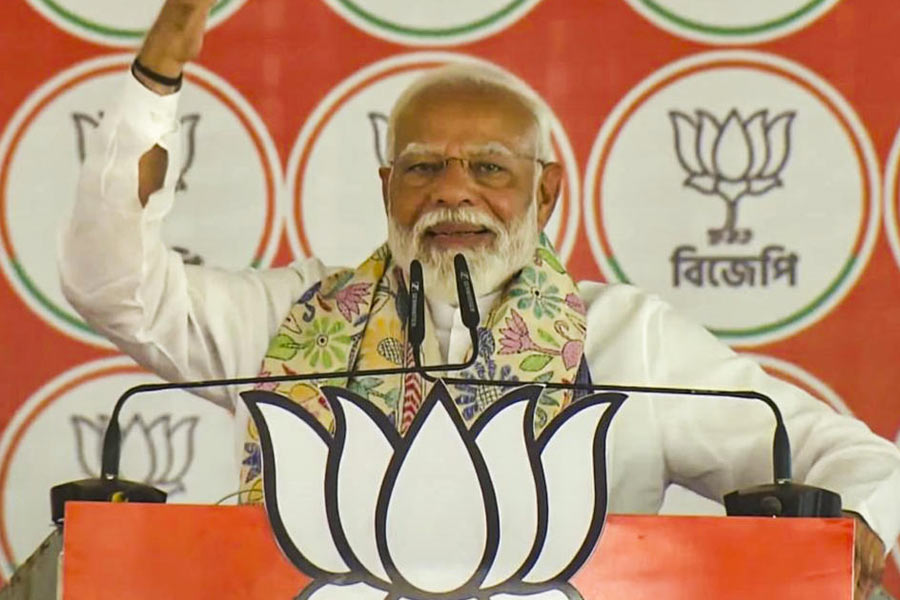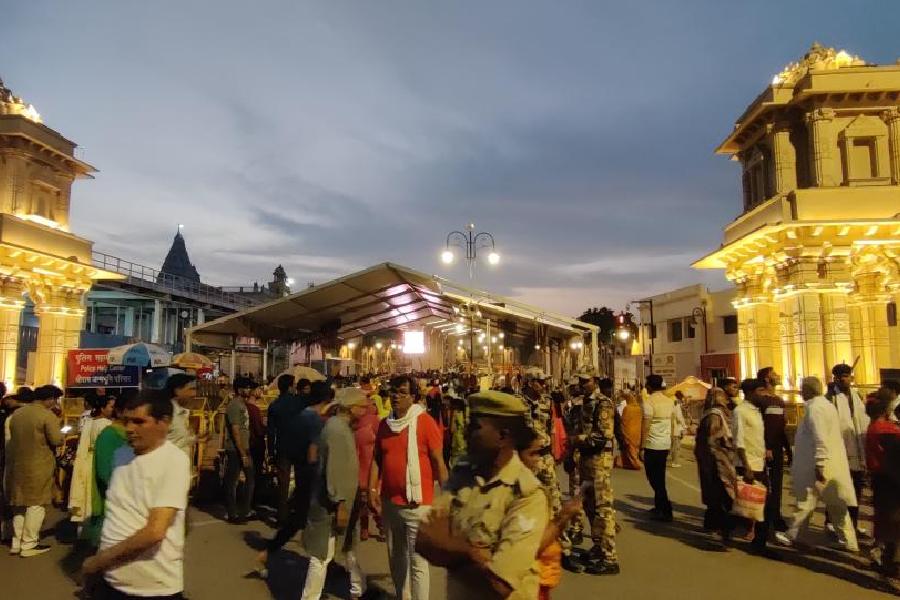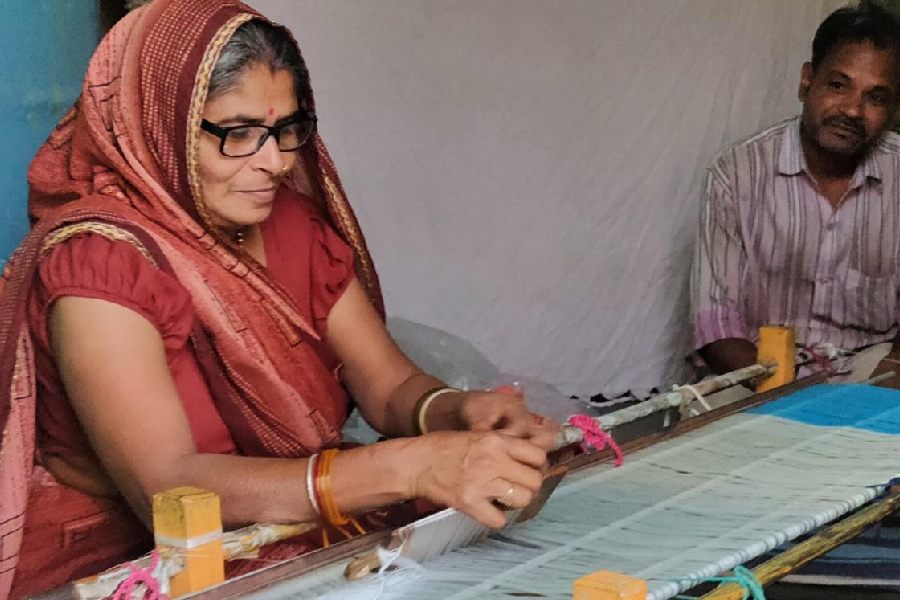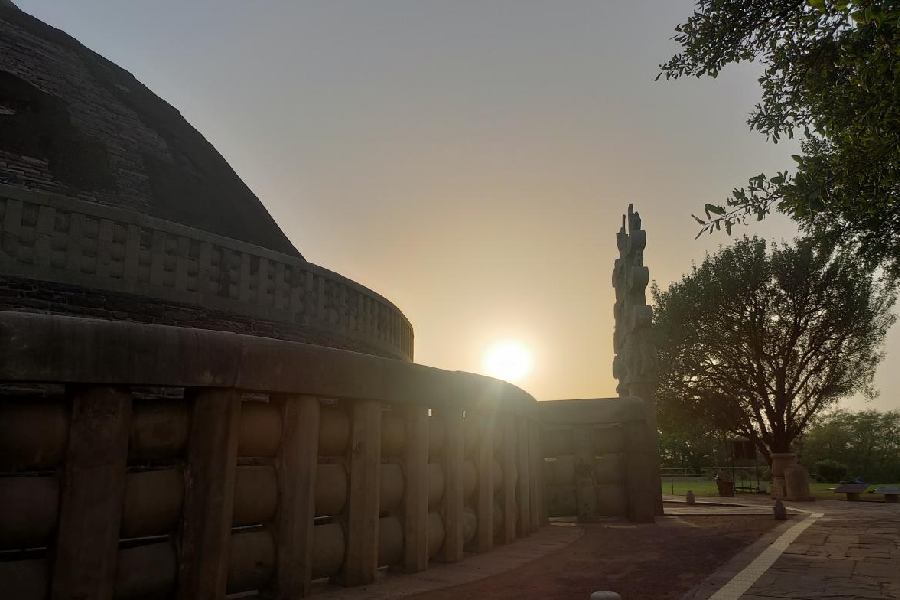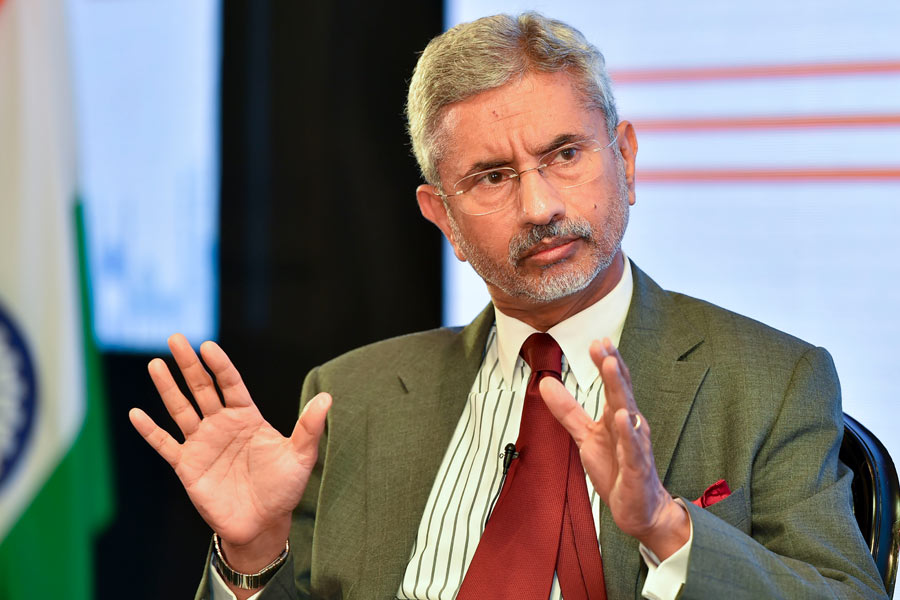As the entire nation on Saturday celebrated the launch of Aditya L1, the first solar mission of India, residents of Siliguri had more reasons to cheer.
Janmejoy Sarkar of the city is associated with the project that was launched by the Indian Space Research Organisation (Isro).
“I had a keen interest in the field of astronomy since my childhood. It is a matter of pride that I got the opportunity to get associated with such an important mission of India’s space history,” Janmejoy, 27, told this correspondent over the phone from Sriharikota.
Janmejoy, who has been working at the Inter-University Centre for Astronomy and Astrophysics (IUCAA) in Pune, has been a part of the team of scientists that worked on the integration, calibration and testing of the functioning of the solar ultraviolet imaging telescope (SUIT) of the satellite.
The youth finished his schooling and graduation from Siliguri. Then he moved to Tezpur University in Assam to finish his masters in physics. He is also pursuing his PhD from the same varsity.
Debasis, Janmejoy’s proud father who was also in Sriharikota to witness the launch, said his son was the member of a team that made SUIT.
“A team comprising senior scientists and research fellows has built it under the initiative of IUCAA. My son is one among them,” said Debasis over the phone.
Around 11.50am, Aditya L1 — the first solar observatory mission of India — was launched by Isro, and the Polar Satellite Launch Vehicle (PSLV) carrying the satellite took off from the Satish Dhawan Space Centre in Sriharikota.
Debasis, who is also an avid sky-watcher and secretary of the Sky Watchers Association of North Bengal (SWAN), said SUIT was an ultraviolet telescope equipped to click images of the solar disc in near ultraviolet (NUV) range between 200 nm and 400 nm.
“This mission is as important as our country's Chandrayaan mission,” said the father.


